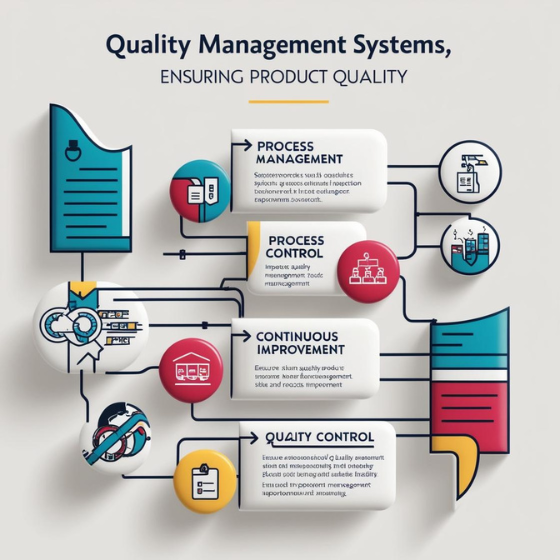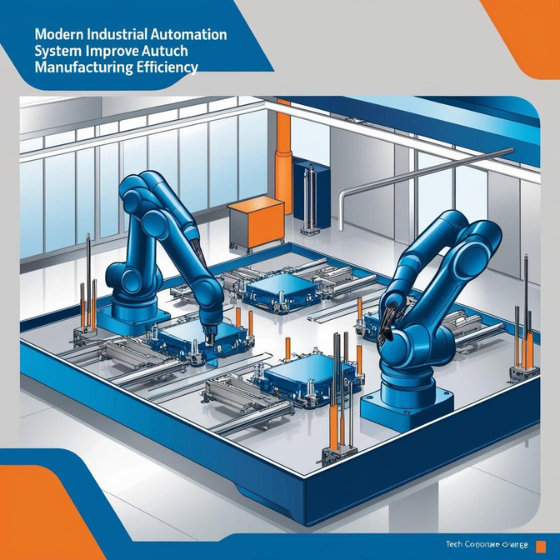Automotive Diagnostics: Ensuring Vehicle Safety
Vehicle safety is a top priority for both car owners and fleet managers. With increasing road safety regulations and a focus on reducing accidents, automotive diagnostics has become an essential part of vehicle maintenance. By using advanced diagnostic tools, drivers and fleet operators can ensure that their vehicles are safe to drive and meet regulatory standards.
In this blog, we’ll explore the importance of automotive diagnostics, the latest diagnostic technologies, and how they contribute to vehicle safety. Additionally, we’ll discuss how automotive diagnostics can help businesses reduce costs, improve performance, and enhance the overall driving experience.
What Are Automotive Diagnostics?
Automotive diagnostics refer to the process of identifying and troubleshooting potential issues in a vehicle’s systems and components. These systems may include the engine, transmission, brakes, exhaust, and electrical systems, among others. By using specialized diagnostic tools and software, technicians and fleet managers can quickly assess the condition of a vehicle and detect problems that may not be visible to the naked eye.
Key components of automotive diagnostics include:
- On-Board Diagnostics (OBD): A system that allows a vehicle’s electronic control unit (ECU) to communicate with diagnostic equipment, providing insight into the health of various vehicle systems.
- Diagnostic Trouble Codes (DTCs): Codes generated by the OBD system that point to specific issues within a vehicle.
- Scan Tools and Diagnostic Software: Devices and software used by technicians to interpret DTCs and run tests on a vehicle’s components.
These diagnostic tools help ensure that vehicles are safe, efficient, and compliant with safety regulations.
How Automotive Diagnostics Contribute to Vehicle Safety
Automotive diagnostics play a critical role in maintaining vehicle safety by detecting problems early and preventing breakdowns. Regular diagnostics can help identify issues that could potentially lead to accidents or vehicle failure. Here’s how:
1. Preventing Engine Failures
One of the most important functions of automotive diagnostics is monitoring the engine’s health. Diagnostics can detect engine misfires, fuel efficiency issues, or faulty sensors, all of which could lead to engine failure. By identifying these problems early, drivers and fleet managers can address them before they result in major breakdowns or unsafe driving conditions.
Takeaway: Routine diagnostics can prevent engine-related issues, improving vehicle reliability and reducing the risk of sudden breakdowns on the road.
2. Ensuring Proper Brake Functionality
Brakes are one of the most critical safety features of any vehicle. Diagnostic tools can assess the condition of the brake pads, fluid levels, and other components of the braking system. This ensures that the brakes are functioning optimally and can help prevent accidents caused by brake failure.
Takeaway: Regular brake diagnostics ensure that vehicles can stop quickly and safely in emergency situations.
3. Monitoring Airbag and Safety Systems
Modern vehicles are equipped with a variety of safety features such as airbags, traction control, and lane departure warning systems. Diagnostics can check the status of these systems and alert the driver or technician if any components are malfunctioning. This ensures that the vehicle remains as safe as possible in case of an accident.
Takeaway: Ensuring that safety systems are functioning correctly reduces the likelihood of injuries in case of a crash.
4. Identifying Electrical System Issues
Electrical issues, such as a malfunctioning alternator or weak battery, can pose significant risks while driving. Automotive diagnostic tools can detect electrical system issues before they cause power failure or other malfunctions, such as loss of control of critical functions like power steering or braking assistance.
Takeaway: Early identification of electrical problems can prevent power failure, helping drivers maintain control over their vehicles.
Benefits of Automotive Diagnostics for Fleet Management
For fleet managers, ensuring the safety and reliability of vehicles is a top concern. Automotive diagnostics provide several key benefits for businesses that rely on fleets of vehicles, including:
1. Improved Vehicle Maintenance and Longevity
Routine diagnostics help identify issues early, allowing for timely repairs and maintenance. By addressing minor problems before they escalate, fleet operators can extend the lifespan of their vehicles and reduce the frequency of major repairs.
Takeaway: Regular diagnostics help prevent costly repairs and keep vehicles on the road longer.
2. Reduced Downtime and Operational Disruptions
Unscheduled breakdowns can lead to downtime, which is especially detrimental for businesses with tight delivery schedules. Automotive diagnostics can identify potential issues before they cause a vehicle to break down, minimizing disruptions to operations.
Takeaway: Early diagnostics reduce the risk of vehicle breakdowns, ensuring fleet operations run smoothly and on time.
3. Enhanced Safety and Compliance
Fleet vehicles are subject to strict safety regulations, and diagnostics help ensure that vehicles comply with these standards. By using diagnostic tools to monitor vehicle health and performance, fleet managers can avoid compliance violations, reduce accidents, and maintain safe working conditions for drivers.
Takeaway: Diagnostics help fleet operators meet safety regulations and avoid fines or penalties associated with non-compliance.
4. Cost Savings on Fuel and Maintenance
Automotive diagnostics can also identify inefficiencies, such as poor fuel consumption or underperforming components. By addressing these issues, fleet operators can reduce fuel costs and lower maintenance expenses. Additionally, regular diagnostics can ensure that all systems are working optimally, which can improve fuel efficiency and reduce wear and tear.
Takeaway: Fleet operators can save money on fuel and maintenance by addressing performance issues before they become major problems.
The Future of Automotive Diagnostics
As vehicle technology continues to evolve, so too will automotive diagnostics. The future of automotive diagnostics lies in integrating advanced technologies such as:
- Artificial Intelligence (AI): AI-powered diagnostics tools will be able to predict future vehicle issues based on historical data and driving patterns.
- Cloud-Based Diagnostics: Cloud technology will allow for remote monitoring and diagnostics of vehicle fleets, enabling real-time insights and faster decision-making.
- Telematics Integration: By integrating with telematics systems, diagnostic tools can provide continuous monitoring of vehicle health, allowing for proactive maintenance and better fleet management.
These advancements will make automotive diagnostics even more powerful and essential for ensuring vehicle safety and performance.
Conclusion
Automotive diagnostics are crucial for ensuring the safety, reliability, and efficiency of vehicles. By regularly using diagnostic tools, vehicle owners and fleet operators can identify potential issues early, prevent accidents, and keep vehicles in top condition. Whether you are managing a fleet or just ensuring the safety of your personal vehicle, regular diagnostics are essential for maintaining safe driving conditions.
At Sodio, we specialize in developing innovative automotive diagnostic solutions that help businesses improve vehicle performance and safety. Contact us today to learn more about how our solutions can enhance your fleet’s efficiency and ensure vehicle safety.







